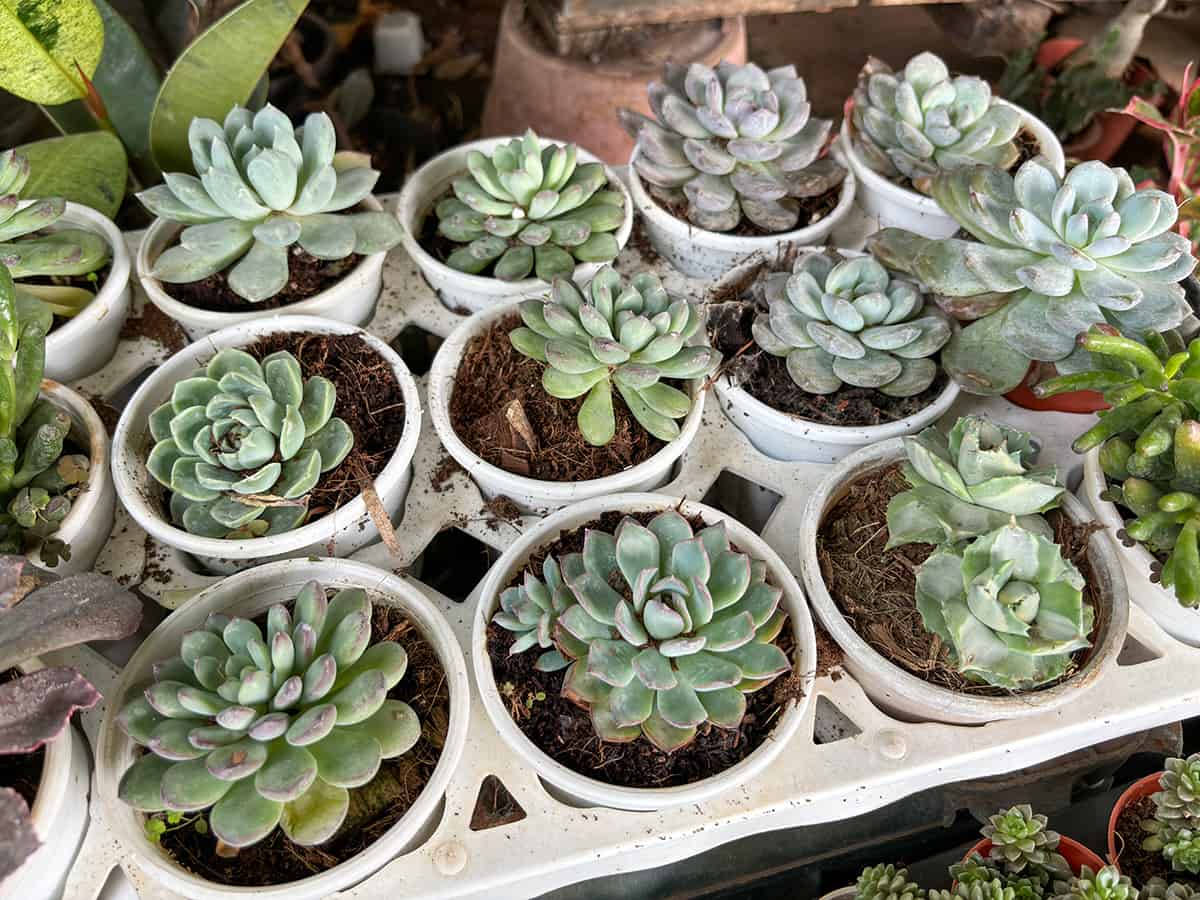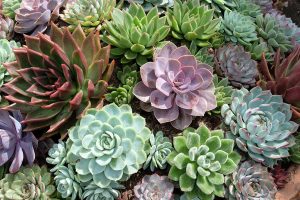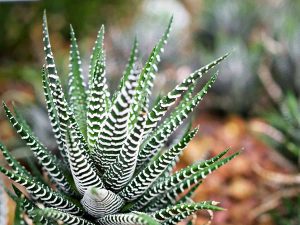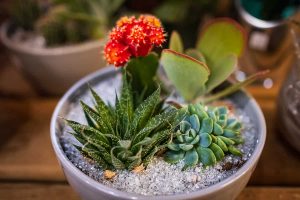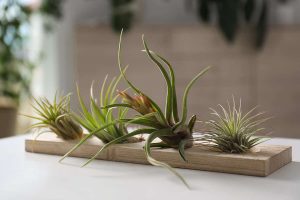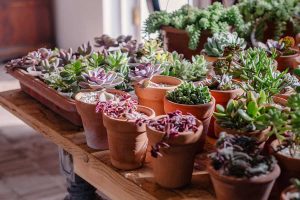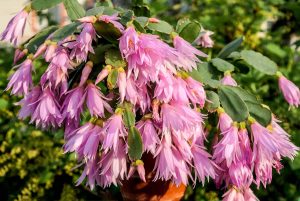Have you ever wondered why your succulents stretch toward the light or how often they truly need water? You’re not alone. Navigating the care of these resilient plants can sometimes feel like deciphering a complex puzzle. With a deep dive into the succulent world, I’ve gathered the most intriguing facts and care tips to guide you.
Table of Contents
- Succulents Store Water In Leaves And Stems
- They Can Purify The Air
- Succulents Come In An Array Of Colors
- They Have Specialized Leaves
- Native Habitats Span The Globe
- The Smallest Succulents Are Tiny
- They Can Live A Very Long Time
- Succulents Have Medicinal Properties
- They Are Fire-resistant
- Succulent Means ‘Juicy’
- They Can Propagate Easily
- The Largest Succulent Can Grow Over 60 Feet Tall
- Some Succulents Are Carnivorous
- They Play A Role In Cultural Traditions
- Succulents Can Grow In High Altitudes
- They Are Popular In Feng Shui
- The Flowers Can Be Spectacular
- Some Succulents Only Bloom Once In Their Lifetime
- Some Succulents Have Transparent Leaves
- They Have Been In Space
Succulents Store Water In Leaves And Stems
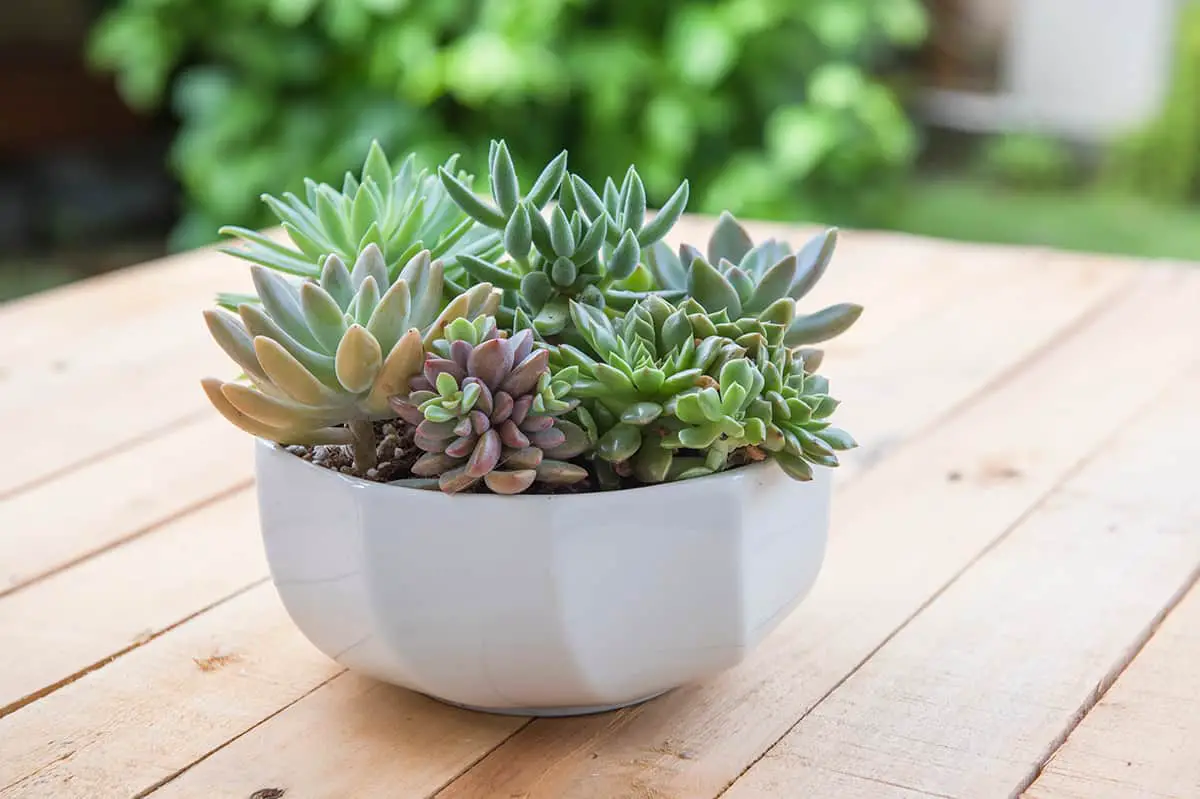
Succulents are plants adapted to dry environments. They store water to survive droughts. Their fleshy leaves and stems act as reservoirs, holding moisture for extended periods. You can observe this in the thick and rubbery texture of their foliage.
The method of water storage varies by species. Some succulents keep water primarily in their leaves, while others in their stems. A few species even utilize their roots for this purpose. To retain water, these plants have adapted to feature fewer pores, known as stomata, which minimizes water loss.
This water storage ability allows succulents to thrive in arid conditions. They rely on their water-filled tissues to prevent dehydration during prolonged dry spells. These adaptations make succulents particularly suitable as low-maintenance indoor plants.
They Can Purify The Air
Succulents help improve your indoor air quality. They act as natural air purifiers. You might be surprised to learn that these plants absorb toxins. At night, they release oxygen.
A study by the University of Georgia found that some succulents can remove volatile organic compounds (VOCs). Your home’s air can contain these harmful substances. Common sources are paints, cleaners, and printers.
Succulents Come In An Array Of Colors
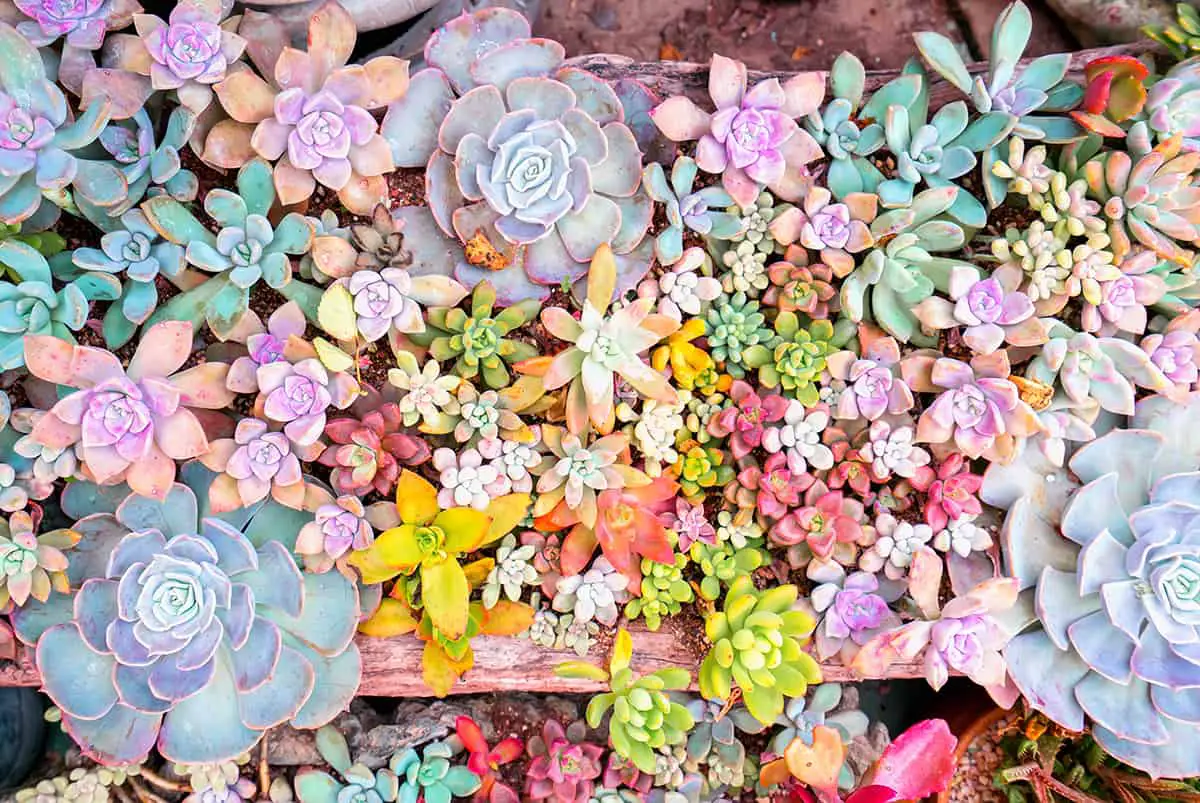
Succulents are diverse in color. Your collection can include shades ranging from blue-green to deep purple. They lend vibrant hues to your indoor or outdoor gardens. Many succulents change color based on sunlight exposure. Bright light may bring out reds and oranges, while others exhibit a more subtle palette in the shade.
It’s fascinating how stress can affect a succulent’s color. Factors like temperature change, limited water, or nutrient-poor soil can intensify their colors. Remember, while some stress can be beneficial, too much can harm your plants.
Here are some common succulent colors and causes
| Color | Typical Causes |
|---|---|
| Green | Ample water, shade |
| Red/Orange | High sunlight, mild stress |
| Purple | Cool temperatures, genetic traits |
Combine different forms and textures to create an aesthetic arrangement. Bright sunlight can transform a pale succulent into a deep, vibrant showpiece. Remember, each plant has its preferred conditions for optimal color expression.
They Have Specialized Leaves
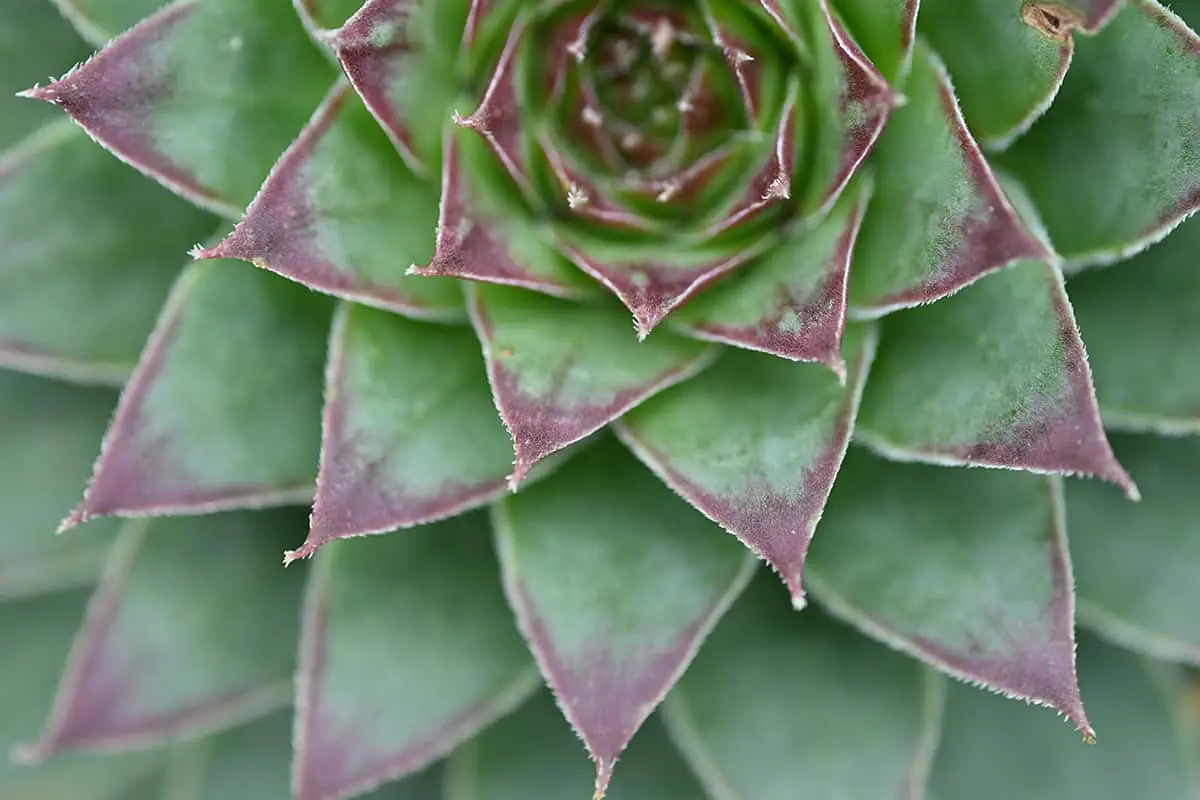
Succulent plants boast leaves that store water. Their specialized leaves help them thrive in arid environments. When you see a succulent, you’re looking at nature’s reservoir. These leaves often appear thick and fleshy.
Succulents keep water loss to a minimum because of their leaves. They do this by having fewer stomata and a waxy coating. Your succulent leaves are evolutionary masterpieces, allowing survival where water is scarce.
Most succulents have leaves that adapt to their growing conditions. For example, some succulent leaves are hairy, which shades them from the sun. Others have transparent windows to let light into underground leaves.
Your houseplants need less watering, thanks to these specialized leaves. The succulent’s leaves allow it to go longer between waterings. It’s a unique adaptation that suits busy lifestyles and dry climates.
Native Habitats Span The Globe
Succulents thrive across various global regions. You’ll find them in diverse climates, from arid deserts to coastal cliffs.
In coastal South Africa, jade plants grow on rocky hillsides. Their thick, water-retaining leaves make them ideal houseplants. They prefer well-drained soil and can reach up to six feet in their natural habitat. The jade plant demonstrates how succulents adapt to their native environments.
Living stones, or Lithops, hail from Namibia and South Africa too. They camouflage with their surroundings, mimicking nearby rocks and sand. These succulents evolved to conserve water in their leaf structures, showcasing nature’s ingenuity.
Cacti, a recognizable type of succulent, often call North America home. They flourish in the desert, with fleshy stems that store water efficiently. The cactus is a prime example of how succulents are specialized to withstand harsh, dry environments.
Some succulents, like Passiflora incarnata, adapt to colder regions. You might see them in the southeastern U.S., thriving in medium, well-drained soils. Their capacity to die back in winter and reemerge in spring speaks to their resilience.
The Smallest Succulents Are Tiny
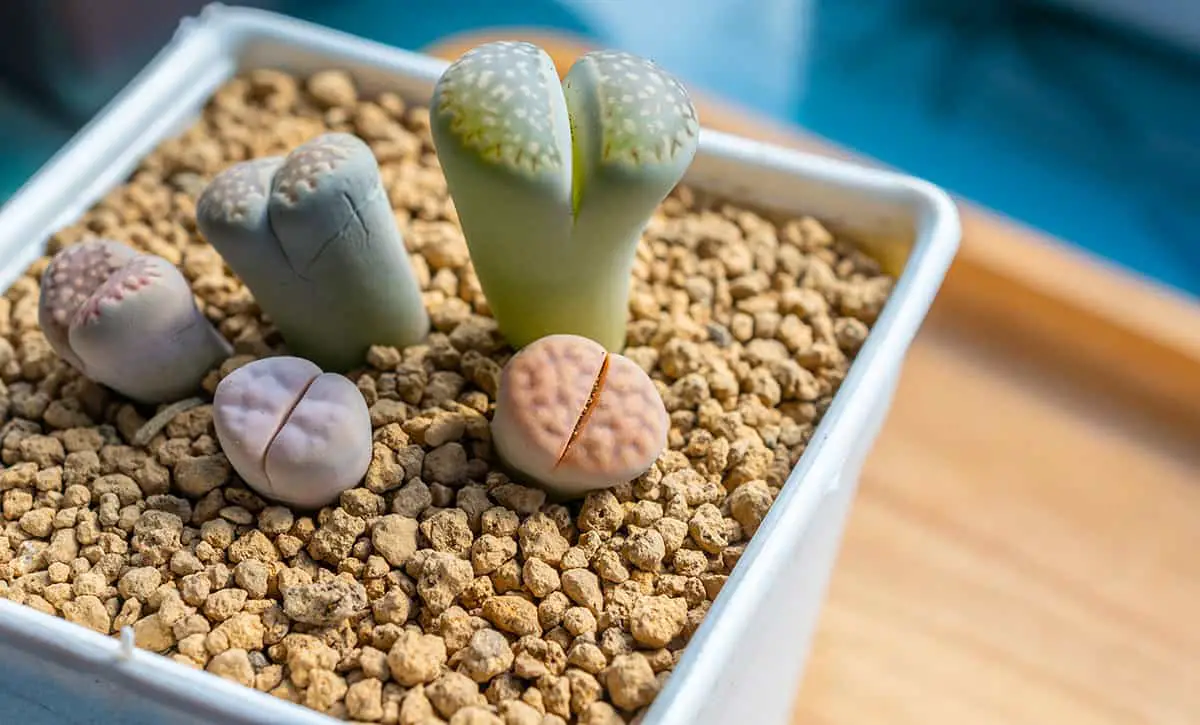
The realm of succulents includes incredibly tiny species. Your curiosity about the miniature world of succulents leads you to some fascinating plants. Small aloes, for example, are usually no more than 4 inches in diameter. They’re perfect for tight spaces, blending color and interest with ease.
Some of the smallest succulents are Lithops, often referred to as “living stones.” Their compact, pebble-like appearance camouflages them among real rocks. These tiny succulents often surprise with their vibrant flowers. Despite their size, they bring life to a small pot or garden.
Haworthias are another small succulent group. You’ll notice their dark green leaves with whitish patterns. They’re not just small; they bring a unique texture to your collection. Their size makes them ideal for growing in modest indoor spaces.
They Can Live A Very Long Time
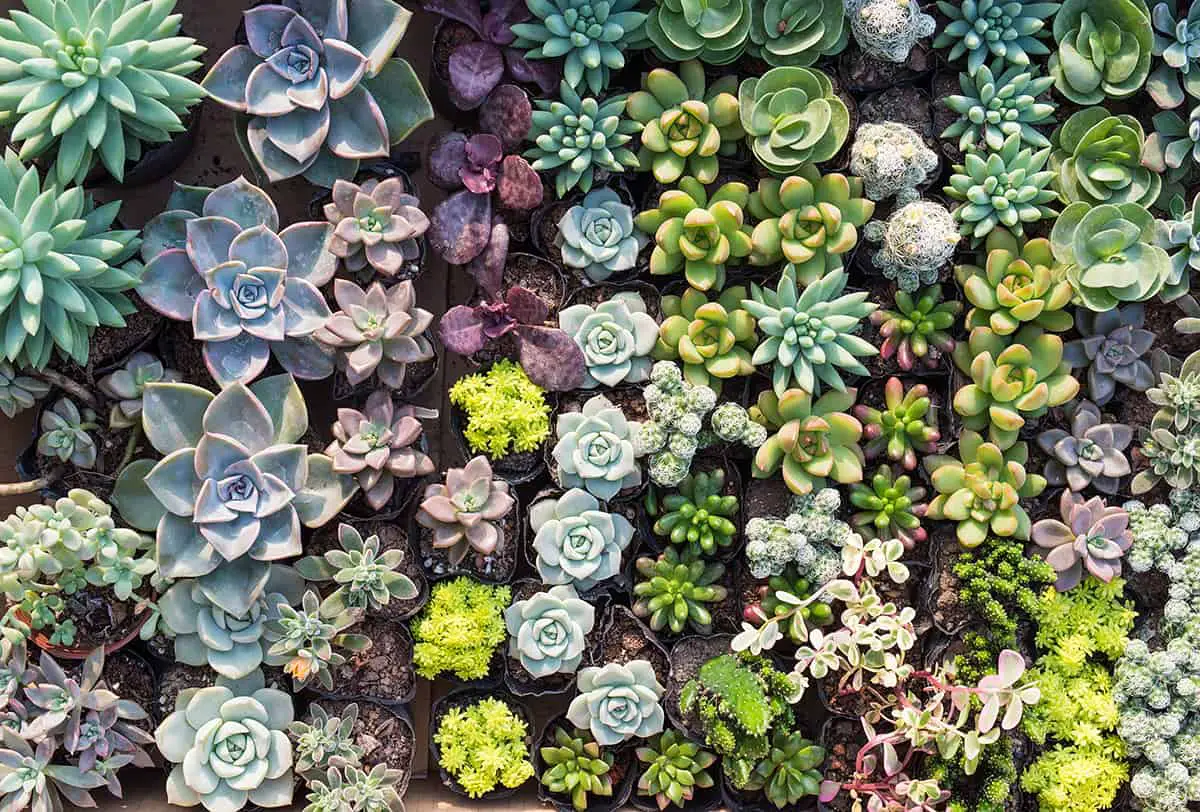
Succulents, including the renowned jade plant, are known for their longevity. You might be surprised to find that these plants often outlive their owners. When given proper care, some succulents can thrive for decades, with certain species living for over a hundred years.
The secret to their long lifespan lies in their hardy nature. Succulents store water in their leaves, stems, or roots, which allows them to survive in arid conditions and withstand long periods without moisture. This ability to retain water contributes significantly to their longevity.
Your succulent’s health and lifespan can be affected by pests. However, issues like mealybugs or scale are manageable.
Succulents Have Medicinal Properties
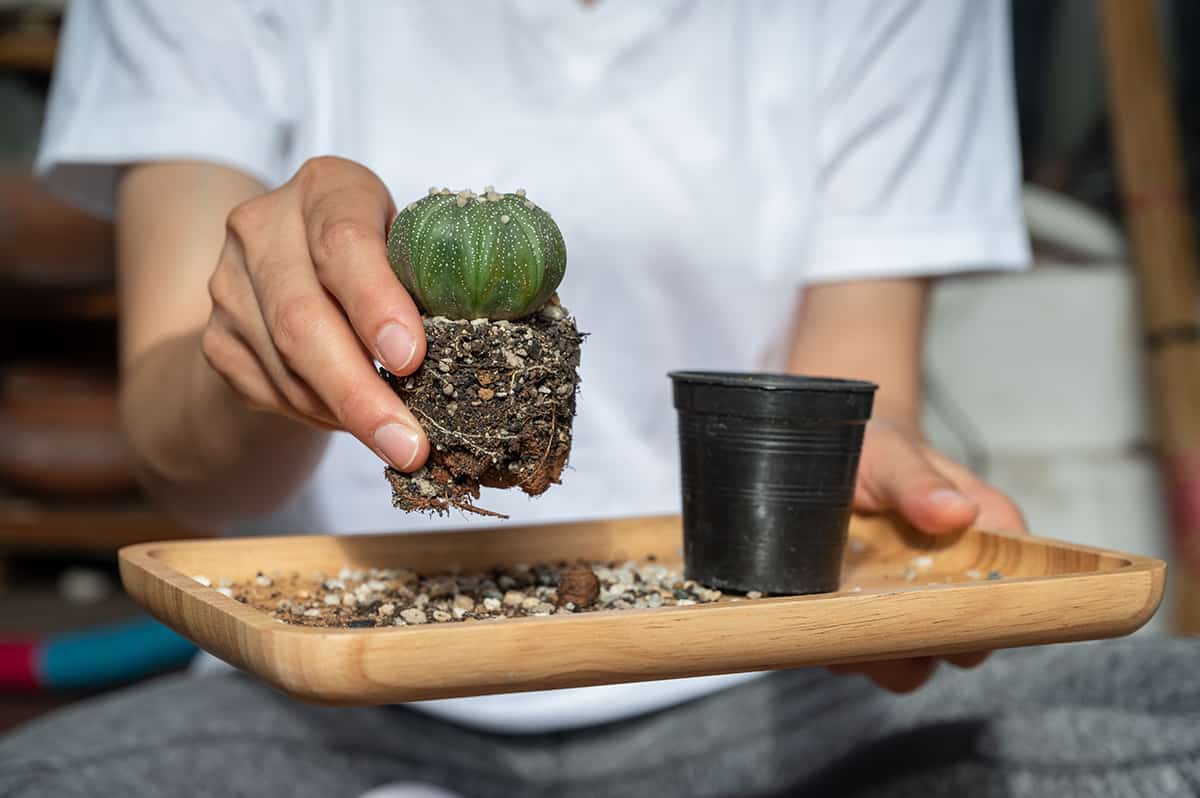
Succulents are not just ornamental; they hold medicinal properties that you might find beneficial. The aloe plant, a succulent, is famous for its healing abilities. Aloe vera gel, found inside its leaves, is great for skin care. It helps with burns, cuts, and other skin irritations.
Another succulent known for its medicinal uses is the agave plant. Its sap, called agave nectar, is a popular natural sweetener. This plant also has anti-inflammatory and antimicrobial properties. Please consult with a healthcare provider before using succulents for medicinal purposes. They can offer advice on safe and effective usage.
They Are Fire-resistant
Succulents show a remarkable resilience to fire. Your garden benefits from these plants’ unique adaptations. They contain sap and moisture-rich tissues that make them less flammable. In regions prone to wildfires, they are a smart choice for landscaping.
Certain succulents have leaves that resist ignition. This trait slows down the spread of fire. The leaf structure and their water-retaining nature work as fire barriers. Plants like aloe are notable for their fire resistance.
Research identifies several fire-resistant succulents for safe landscaping. These include the Oregon grape and monkey flower. You will find them praised for their low flammability in various studies.
Succulent Means ‘Juicy’
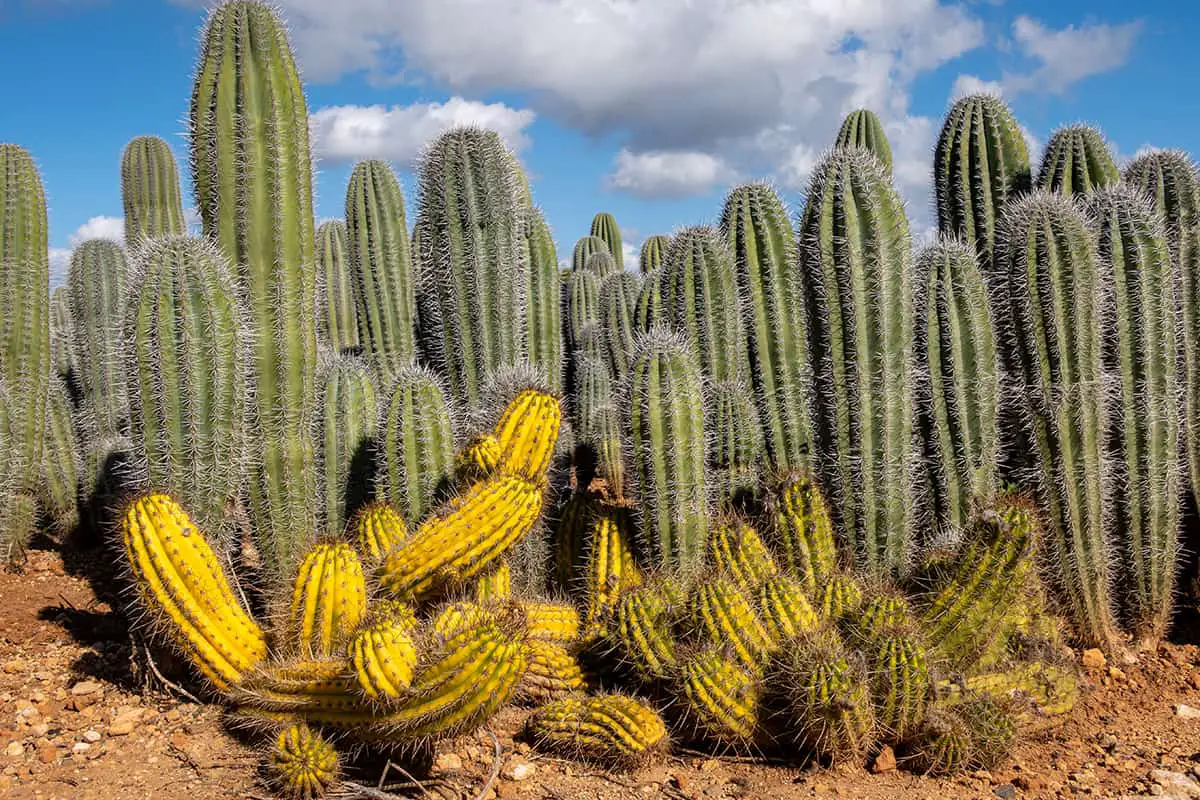
Succulents get their name from their ability to store water, making them plush and resilient. This feature is what classifies them as juicy plants. You’ll find that the term ‘juicy’ essentially refers to this water-preserving characteristic, which is prominent in their leaves, stems, or roots.
Their juicy nature means they can thrive in arid conditions. Unlike other plants, succulents can withstand longer periods without water. Their juicy quality is a survival adaptation, allowing them to maintain moisture in environments where water is scarce.
Cacti are a famous example of succulents, but many other families of plants also share this juicy trait. Each plant variety may have different methods for storing water in their fleshy tissues. Some may have leaves that feel thick and spongy, while others have stems that swell with stored water.
They Can Propagate Easily
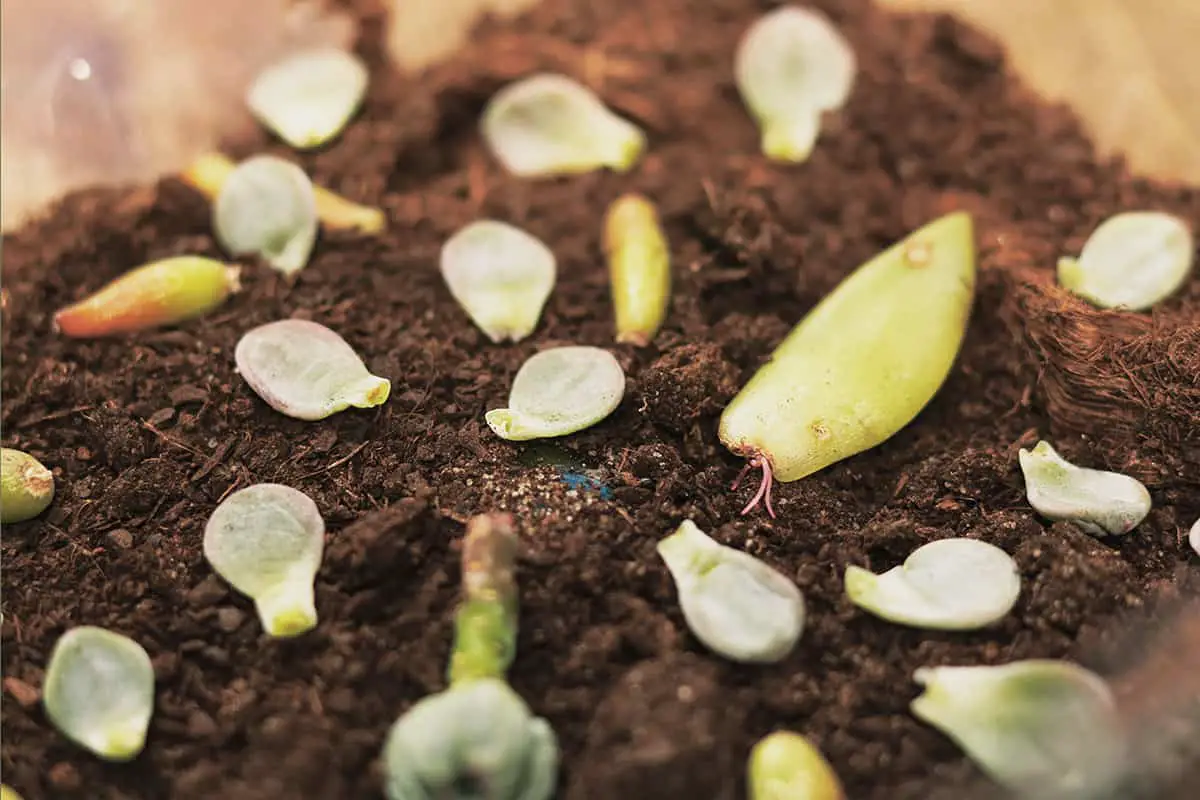
Succulents are renowned for their easy propagation. You can start new plants with just a leaf or stem. When you remove a leaf, it’s important to do it cleanly. A clean pull ensures a better chance of rooting.
For stem cuttings, you only need a small section. Cuttings should be 3 to 6 inches long. Remove lower leaves and wait for the cut to dry. This process, known as callusing, is crucial for successful rooting.
Succulents also propagate through offsets. These small plants sprout at the base of a mature succulent. Gently separate offsets from the main plant. Ensure they have roots attached for optimal growth.
Propagating succulents offers a rewarding experience. You’ll see growth within weeks. Be patient as roots develop. Your care will result in a thriving new succulent.
The Largest Succulent Can Grow Over 60 Feet Tall
You might be surprised to learn that some succulents can become giants. The largest succulent species is the quiver tree, which can soar over 60 feet tall. Often, when you think of succulents, small, compact plants come to mind. Yet this extraordinary species defies that image with its impressive height.
The quiver tree has a unique appearance with smooth branches and a golden-brown bark. Its height is not the only remarkable aspect; the tree is known for its longevity and can live for centuries. Its scientific name, Aloidendron dichotomum, mirrors its distinctive forked branches.
Your garden variety succulents tend to stay small, especially when potted. The quiver tree, however, thrives in the wild expanses of Southern Africa. Its size is an adaptation to the dry, arid environment where it stores water in its thick, succulent branches.
In your home, a quiver tree would not reach such monumental heights. But knowing that the succulent family includes such grand variations gives you a glimpse into the plant kingdom’s immense diversity. The next time you water your tiny succulent, remember it has a relative out there touching the sky.
Some Succulents Are Carnivorous
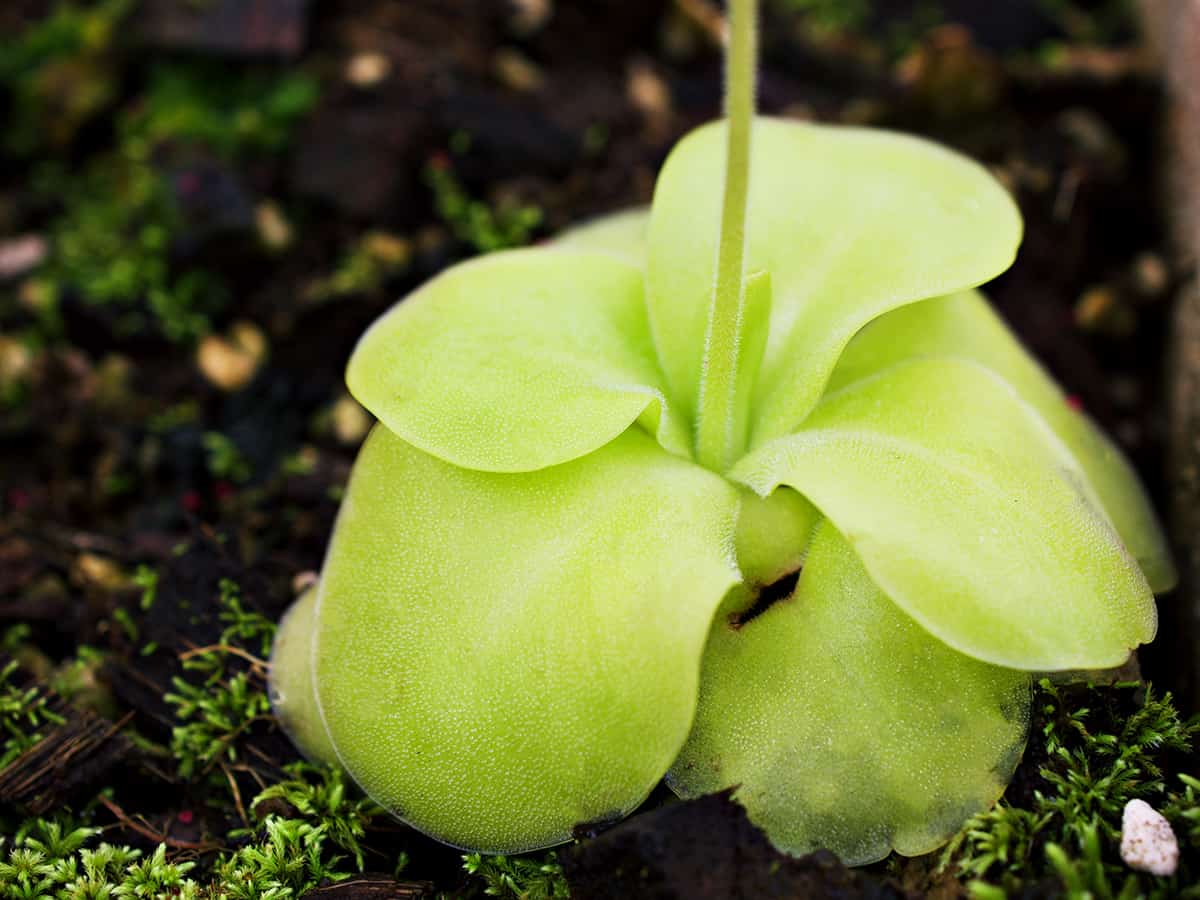
You might find it surprising that some succulents have a carnivorous side. This unusual adaptation allows them to trap and digest insects. Their habitat often lacks nutrients, prompting such an evolution. The carnivorous succulents use specialized leaves to lure and consume their prey.
One example is the Butterwort. Its sticky leaves trap unsuspecting insects. Enzymes then break down the prey for nutrient absorption. This process compensates for poor soil conditions. The Dewy Pine functions similarly, with sticky leaves that catch and digest insects.
They Play A Role In Cultural Traditions
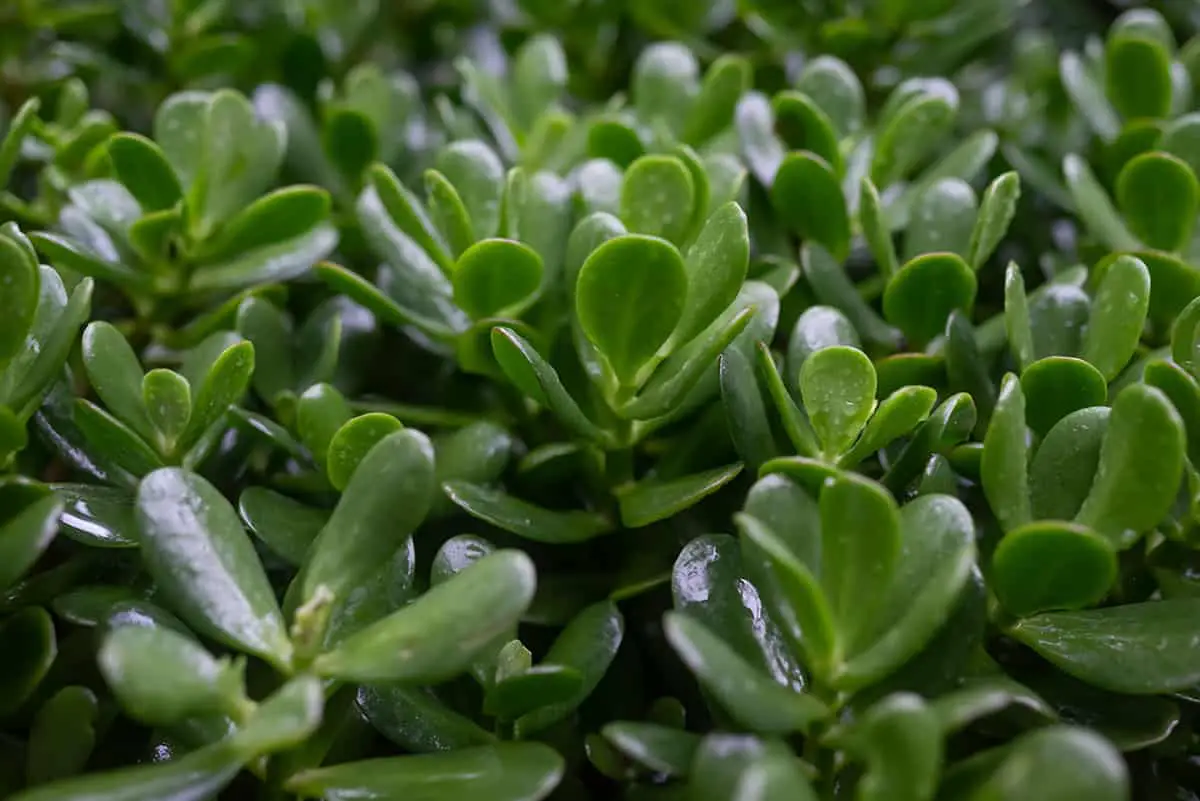
Succulents hold significance in various cultural traditions. In some cultures, you’ll find these plants symbolizing endurance and timeless love. This is due to their hearty nature and ability to thrive in harsh conditions. You may see them featured in wedding bouquets to represent lasting commitment.
These plants also connect with wealth and prosperity. For example, the Jade plant is famous for being a bearer of good fortune. People often place it in offices or homes, hoping it brings financial success. In Feng Shui, the placement of a succulent can affect the energy flow and thus, the well-being of the space’s occupants.
Certain succulents play a part in healing and medicinal practices as well. The Aloe Vera, with its soothing properties, is perhaps the most well-known. Many use its gel to treat burns or skin ailments, valuing its natural healing attributes. This reliance on succulents has been passed down through generations.
During festive seasons, traditions often incorporate succulents. They appear in decorations, as they offer a variety of shapes and vibrant colors. Additionally, their low maintenance makes them ideal for seasonal displays. Your participation in these traditions may link you to a larger cultural history and community.
Succulents Can Grow In High Altitudes
Succulents thrive even at high altitudes. When you think of these plants, you might picture desert landscapes. However, they are quite versatile. In mountainous regions, succulents adapt to the thinner air and cooler temperatures. Altitudes above 2,000 meters, or 6,562 feet, are not uncommon for them.
Your succulents will encounter a range of conditions at these heights. The air is drier and the sunlight stronger. Despite this, they manage to conserve water in their leaves, stems, or roots. Their ability to store water lets them survive where rainfall is unpredictable.
Challenges are present, but succulents are resilient. They may face extreme temperature changes between day and night. To cope, succulents go dormant, reducing their growth to save energy. This is how they last through cold nights and hot days at altitude.
They Are Popular In Feng Shui
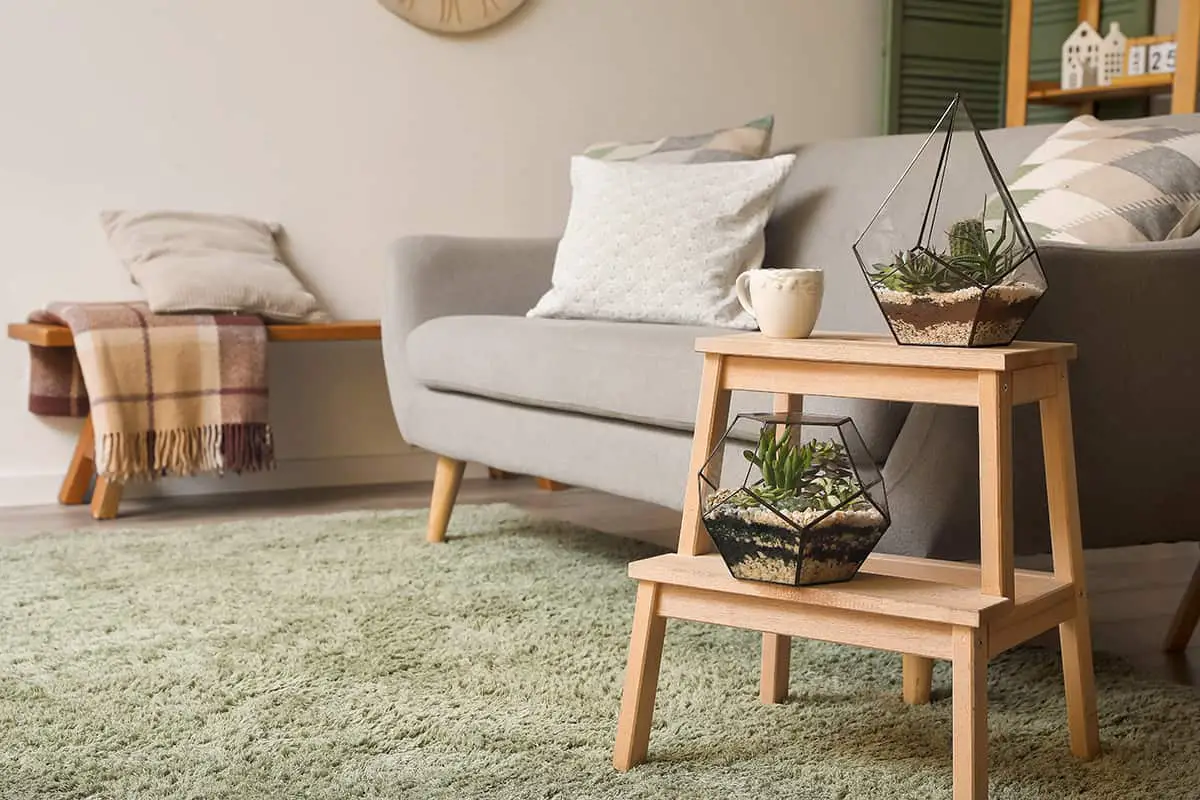
In Feng Shui, succulents are known for bringing positive energy. You can use them to enhance your space. They symbolize life and growth due to their hardy nature. Your home or office feels more vibrant with these plants.
Feng Shui principles value the balance succulents provide. They have thick, fleshy leaves that store water, representing abundance. This aligns with the goal of attracting wealth and prosperity. You should place them in specific areas, like the wealth corner, to maximize this effect.
You should avoid placing them in bedrooms, as they can create too much energy. Instead, select spots where you seek growth and productivity, such as living rooms or offices.
The Flowers Can Be Spectacular
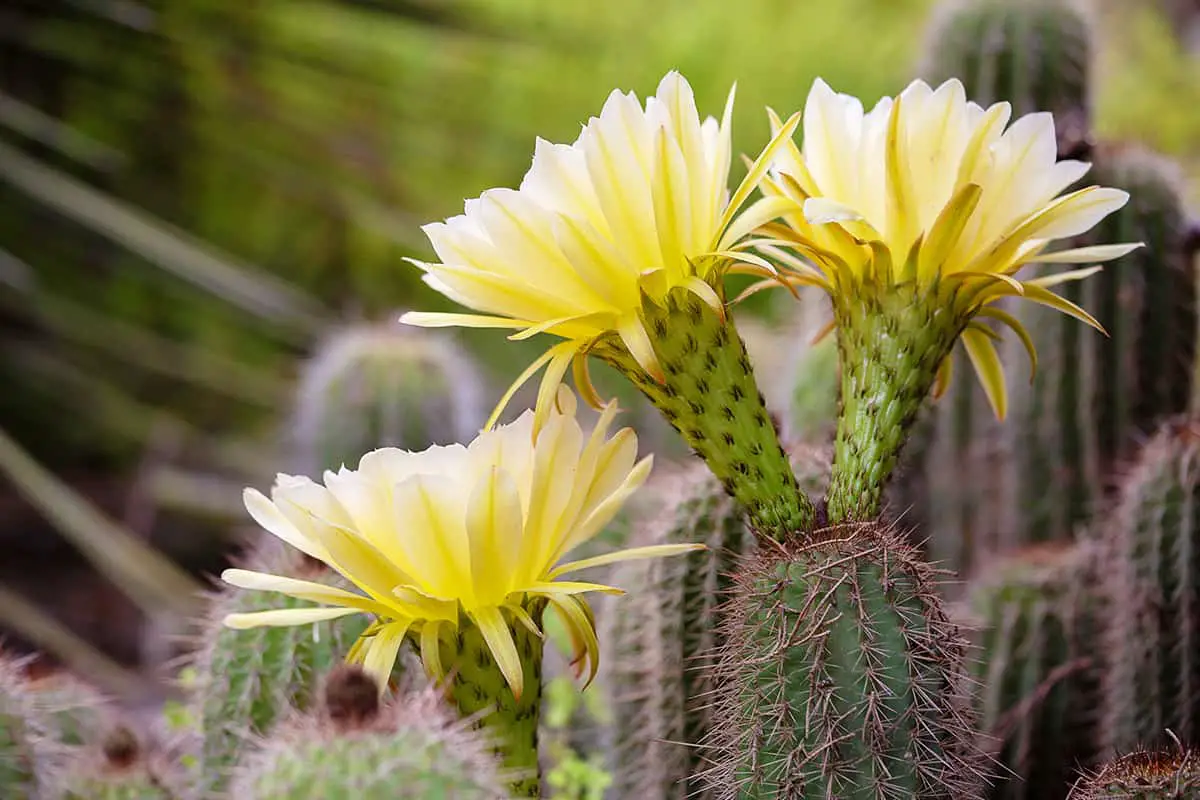
Succulent flowers often take you by surprise with their striking beauty. Your anticipation pays off when the blooms appear, showcasing vivid colors and diverse forms. For example, the African Starfish Flower features large, star-shaped, maroon blossoms that command attention.
Not all succulent flowers are subtly scented. The Stapelia gigantea generates a sizeable, ten-inch flower that smells quite potent, luring flies for pollination. These blooms mimic the appearance and scent of decaying matter, which is why they are sometimes called Carrion Flowers.
In contrast, many other succulents present flowers that are both eye-catching and pleasantly perfumed. They bring an unexpected charm to your garden or home with their array of hues and shapes. You need patience for these flowers, but when they reveal themselves, it’s a sight to behold.
The spectacle of succulent flowers reminds you why these plants are loved. Their resilience is matched only by the surprise and delight their flowers bring. Ensure that you explore varieties like the African starfish flower or the showy blooms of the Carrion flower for a remarkable addition to your collection.
Some Succulents Only Bloom Once In Their Lifetime
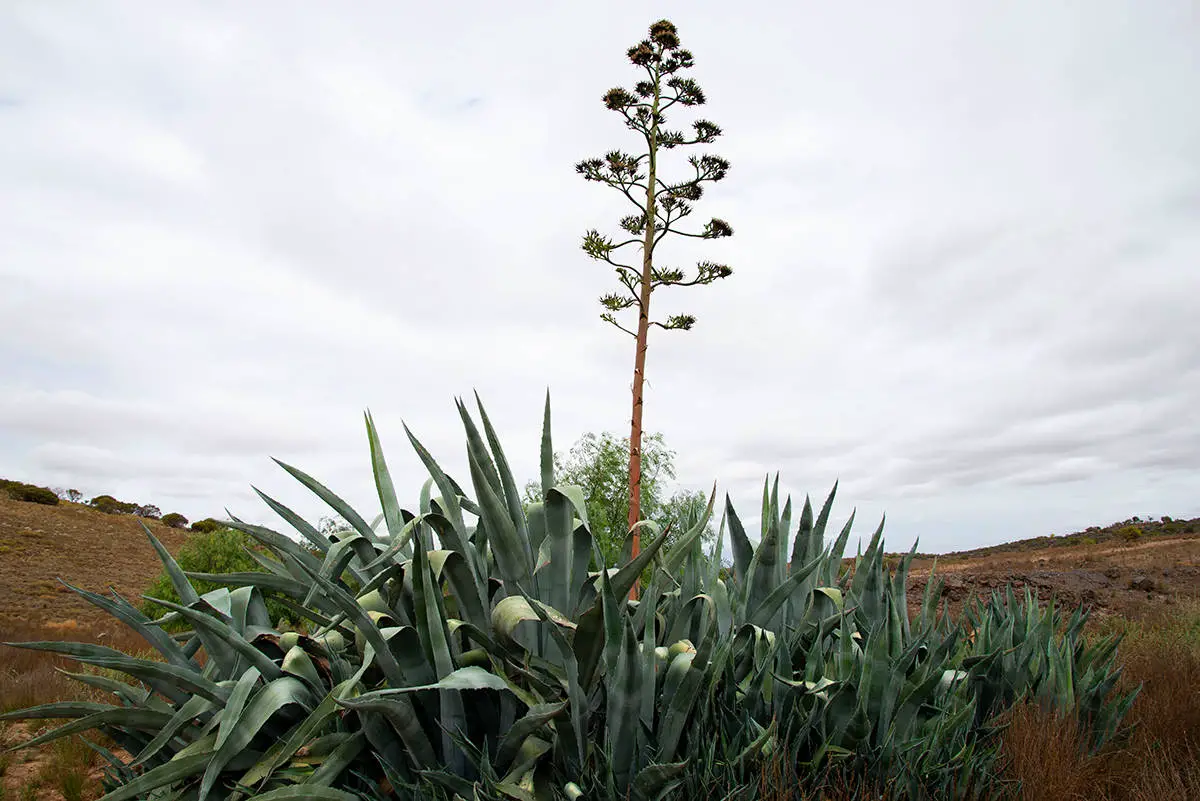
Some succulents flower just once before they die, an event known as monocarpic. These plants spend years, sometimes decades, forming a beautiful rosette. When they finally bloom, they do so with a spectacular display. The flowering spike can tower over the foliage, and it often lasts for several weeks.
Your beloved succulent might follow this rare life cycle. Agave is a classic example. After blossoming, the plant typically dies, leaving offsets. These “pups” continue the species, a natural cycle of life. The bloom is so rare and final that it creates a memorable moment.
Monocarpic behavior challenges the grower. You have to wait years for your succulent to flower. But, the wait rewards you with a dramatic and often breathtaking sight. When the plant blooms, it’s a sign of success. It means you provided excellent care over its lifespan.
Each plant’s once-only flower marks the end of a lifecycle. But it’s not a somber moment. It’s a beautiful display, a pinnacle of the plant’s journey. Embrace this natural process. It teaches patience and brings a unique beauty to your garden.
Some Succulents Have Transparent Leaves
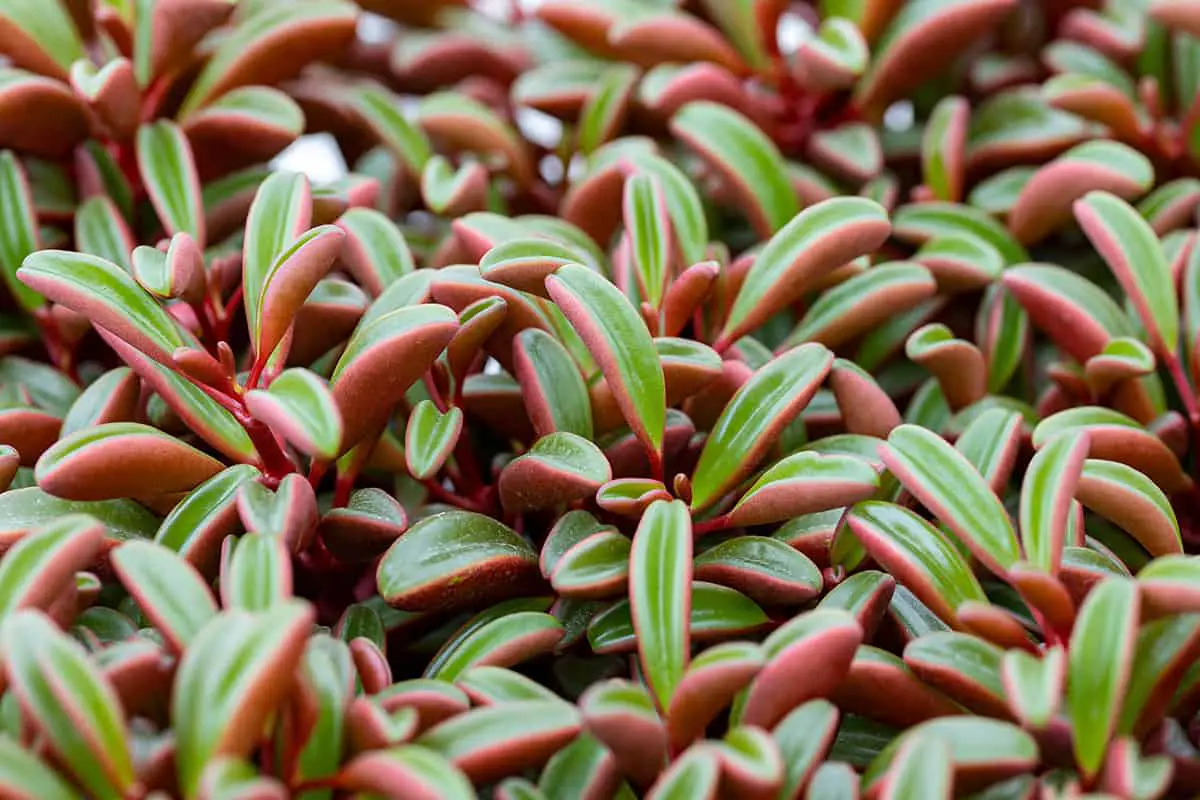
Succulents with transparent leaves are wonders of adaptation. Their clear leaf windows let sunlight filter into inner leaf parts, aiding photosynthesis. You’ll find this intriguing trait in the Haworthia genus. It’s not just for show – it’s a survival mechanism.
Haworthia, for example, often thrives in low-light conditions. Their leaves’ upper surfaces have see-through areas, enabling light to reach the chlorophyll inside. This economy of light use lets them flourish in environments where light is scarce. Now, imagine the leaves catching light and channeling it, like tiny greenhouses.
Other succulents exhibit this feature too. Take the Peperomia graveolens, known as “Ruby Glow.” Its leaves are windowed, enhancing their efficiency at capturing light for the plant’s sustenance. This keeps these succulents alive in less than ideal light situations.
By observing these succulents, you can admire nature’s ingenuity. It’s right there, in the leaves you can peer through. These plants show resilience, living well where others might struggle. So, when you see a succulent with parts you can look through, you know it has mastered a special way to get sunlight.
They Have Been In Space
Succulents made a breakthrough beyond Earth’s atmosphere. These hearty plants traveled into space. This fact might intrigue you. Plants like succulents are vital for long-term space missions.
Your home succulent is similar to those in space. They’re studied by astronauts. This is to understand life support capabilities. In space, they assist in air purification.
NASA has explored the growth of succulents in zero gravity. It’s part of their Advanced Life Support Systems. You should recognize their resilience. Even beyond Earth, they sustain and grow.
The implications are significant for future space travel. Succulents offer the potential for biological life support. They could be key in extraterrestrial living environments. Remember their role in space exploration.
